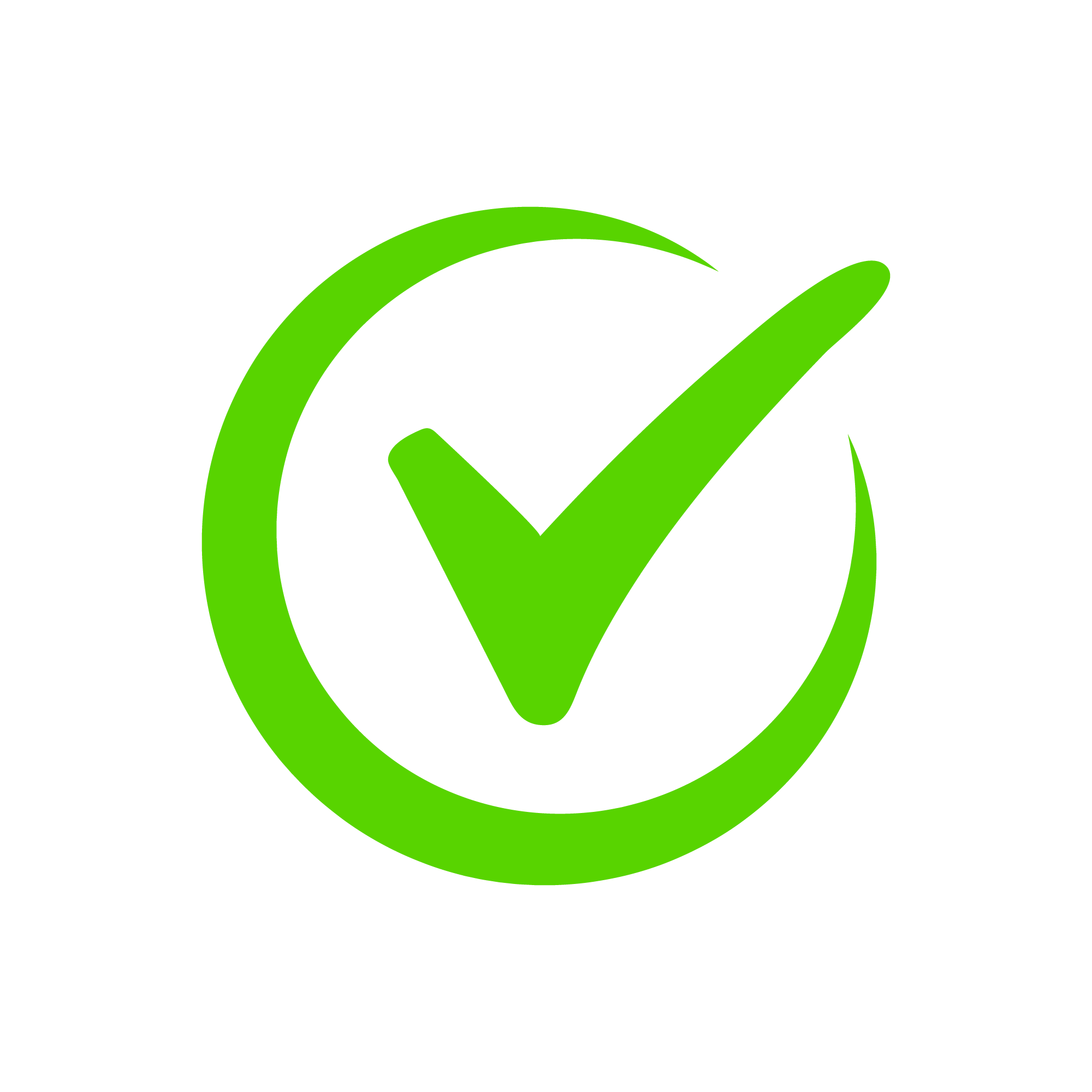
The source of the book
This book was brought from archive.org under a Creative Commons license, or the author or publishing house has agreed to publish the book. If you object to the publication of the book, please contact us.
Book Description
Married to a convert herself, Anita Diamant provides advice and information that can transform the act of conversion into an extraordinary journey of self-discovery and spiritual growth.
Here you will learn how to choose a rabbi, a synagogue, a denomination, a Hebrew name; how to handle the difficulty of putting aside Christmas; what happens at the mikvah (ritual bath) or at a hatafat dam brit (circumcision ritual for those already circumcised); how to find your footing in a new spiritual family that is not always well prepared to receive you; and how not to lose your bonds to your family of origin. Diamant anticipates all the questions, doubts, and concerns, and provides a comprehensive explanation of the rules and rituals of conversion.

Anita Diamant
In my first novel, THE RED TENT, I re-imagined the culture of biblical women as close, sustaining, and strong despite the fact that, in most ways, they were restricted and vulnerable in body, mind, and spirit. My new book, PERIOD. END OF SENTENCE, takes on women's bodies and freedom in an entirely different way.
When the movie, Period. End of Sentence. won an Oscar in 2019, the film's producer and founder of The Pad Project, Melissa Berton, told the audience: "A period should end a sentence, not a girl's education." Inspired by the documentary, I mya collection of essays describes the cultural roots of menstrual injustice and how it erodes self-esteem, limits opportunities and even threatens lives. But the also book celebrates a new generation of activists and innovators working to end period poverty and stigma, and also explores the emerging world of period products, advertising, activism art, and comedy.
When I was a child, the public library on Osborne Terrace in Newark, New Jersey, was one of the first places I was allowed to walk to all by myself. I went every week, and I can still draw a map of the children's room, up a flight of stairs,where the Louisa May Alcott books were arranged to the left as you entered.
Nonfiction, near the middle of the room, was loaded with biographies. I read several about Eleanor and Franklin Roosevelt, Marie Curie, Amelia Earhart, and Helen Keller, with whom I share a birthday.
But by the time I was 11, the children's library was starting to feel confining,so I snuck downstairs to the adult stacks for a copy of The Good Earth. (I had overheard a grown-up conversation about the book and it sounded interesting.)The librarian at the desk glanced at the title and said I wasn't old enough for the novel and furthermore my card only entitled me to take out children's books.
I defended my choice. I said my parents had given me permission, which was only half a fib since my mother and father had never denied me any book. Eventually,the librarian relented and I walked home, triumphant. I had access to the BIG LIBRARY. My world would never be the same.
Read More


Comments
Be the first to leave a comment and earn 5 points
instead of 3